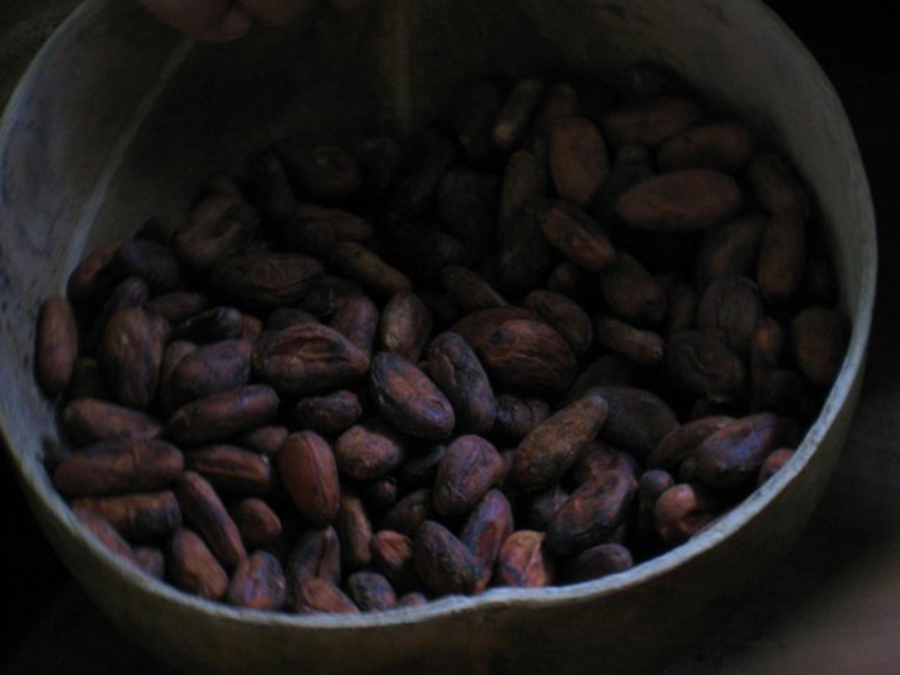
We learn in our history lessons about the history of our continent. Here in Costa Rica more than 500 years ago an important event took place. It was in September 25 1502 when Christopher Columbus reached the coast of Costa Rica. He set port in “Cariay” now called “Puerto Limon” and visited an island called “Quiribrí” by the natives, that Island is now called “Isla Uvita”.
This event placed Costa Rica on the world map, at that time the people that came to our country were looking for gold which was abundant among the natives but they also discovered another “gold mine”. I’m referring of course to the cacao bean.
In today’s culture we take it for granted since it is basically everywhere and you can get it in all sorts of shapes and flavors but this seed held a very important meaning in the natives of our country. They used cacao beans as their currency and more importantly a connection to their “god”.
How did this mythology start? Well our indigenous community migrated from South America and they brought with them all their culture. According to legend “Sibu” (their god) was heartbroken at the state of his children (humans) and wanted to do something to help them. He had a daughter that lived with him in paradise, her name was Iriria, and it with Iriria where he found the answer to all his concerns.
He sacrificed Iriria and gifted her to us Humans in the form of the Cacao Tree. By her sacrifice humans were granted 4 gifts: Eternal Love, Well Being, Health and Union between all humans. Iriria had become the representation of pure love from god to all humans, a sacred tree. In the Bribri community Chocolate is processed only by women, to represent that connection that they have with Iriria.
So how is the cacao prepared. First they get the ripe cacao fruit from the tree, next they have to get rid of the sweet “meat” that covers the cacao bean, they do this by placing the cacao beans in a bag for at least 10 days, during that time they have to keep moving the seeds every couple of days to make sure that all of this **** comes off the bean.
Next comes the drying session. They sundry the beans for at least 20 days. The women will set a cloth on the ground and pour the beans now without **** under the sun. During this process they need to keep moving the beans once every hour to make sure that the bean dries uniformly.
Once the drying process ends the bean will need to purify before it can be consumed in the iconic beverage. The process by which they “purify” the bean is by fire. They set the beans in a cooking pot on top a log fire and “cook” them for about 10-15 min. Next they take the now purified beans to a station where they are crushed with a heavy rock, this is to get rid of the hard outer shell of the bean, once removed the beans are ready for the next step of the process which is crushing the bean to make a paste.
For this process traditionally they will use the same station where they crushed the outer shell but use a different heavier rock to get the results they want. At last we have all the ingredients to make the beverage. To finalize the process the paste is poured into boiling water and mixed thoroughly to make a uniform substance called Cacaowa, what we know as “hot coco”.
As you can this is a long and meticulous process which takes a lot of practice and patience. We are looking at 30 days or more from the cacao fruit to the final product, and it is for this reason that the ceremony was celebrated only on special occasions.

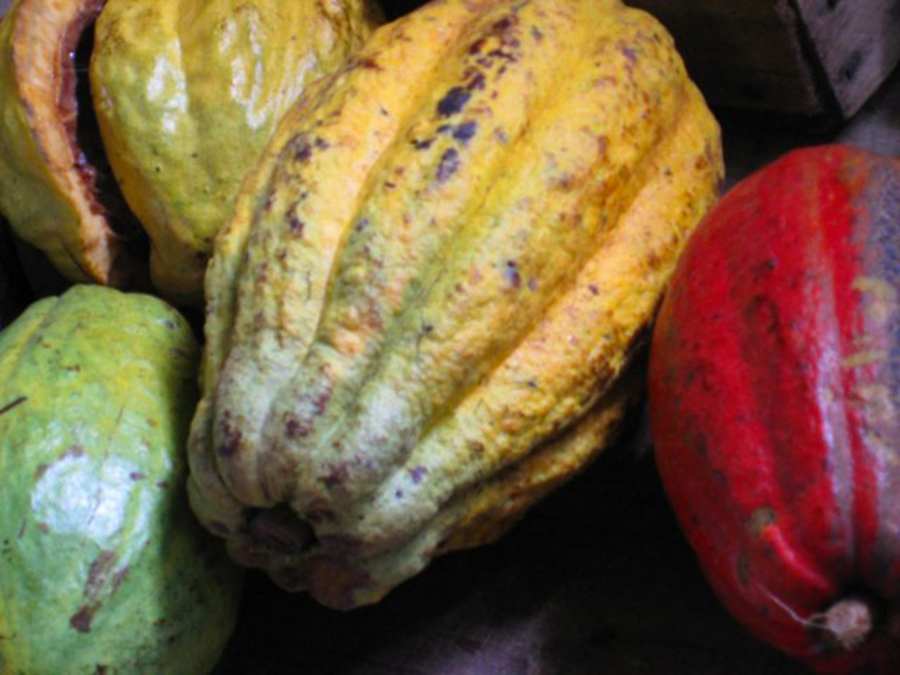
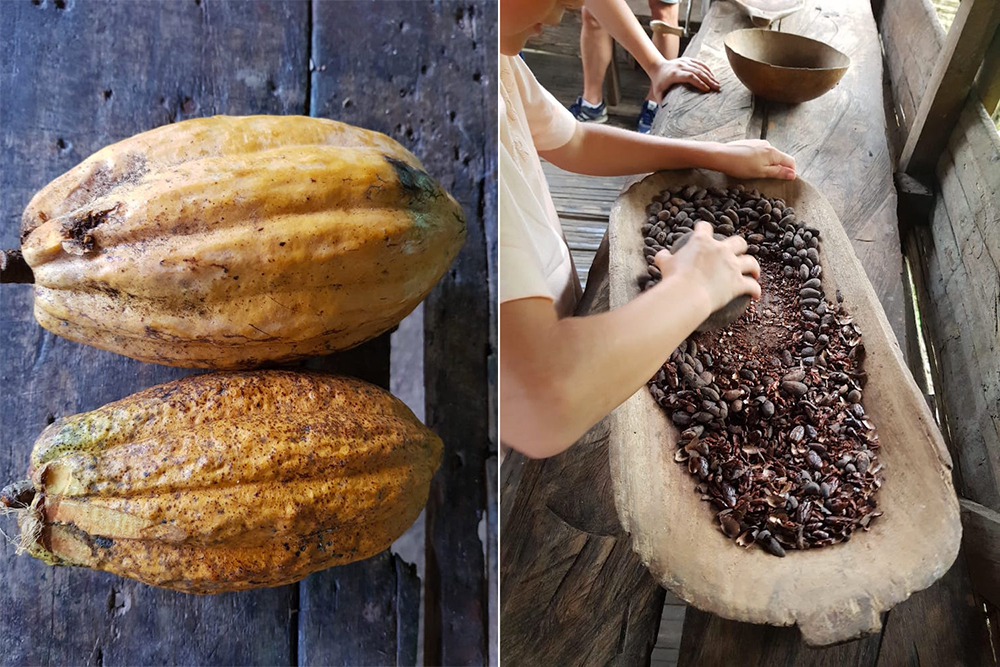
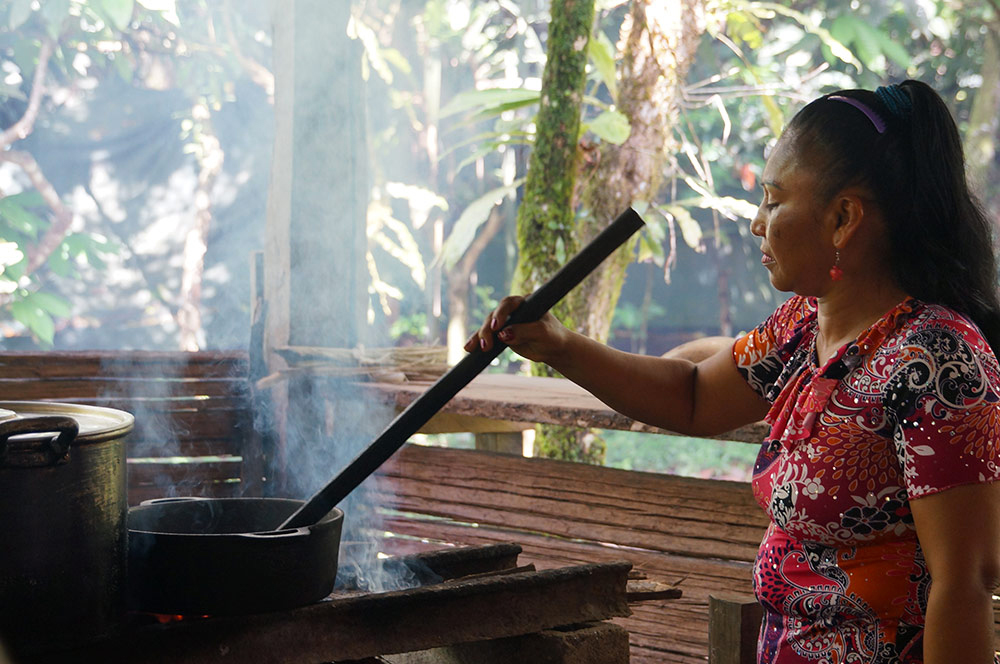
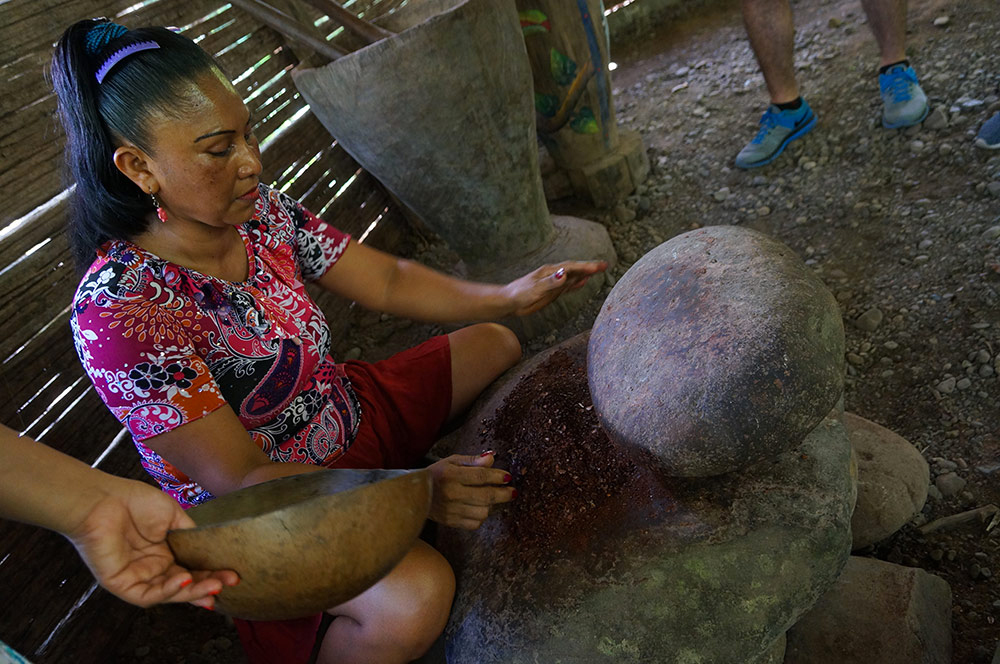
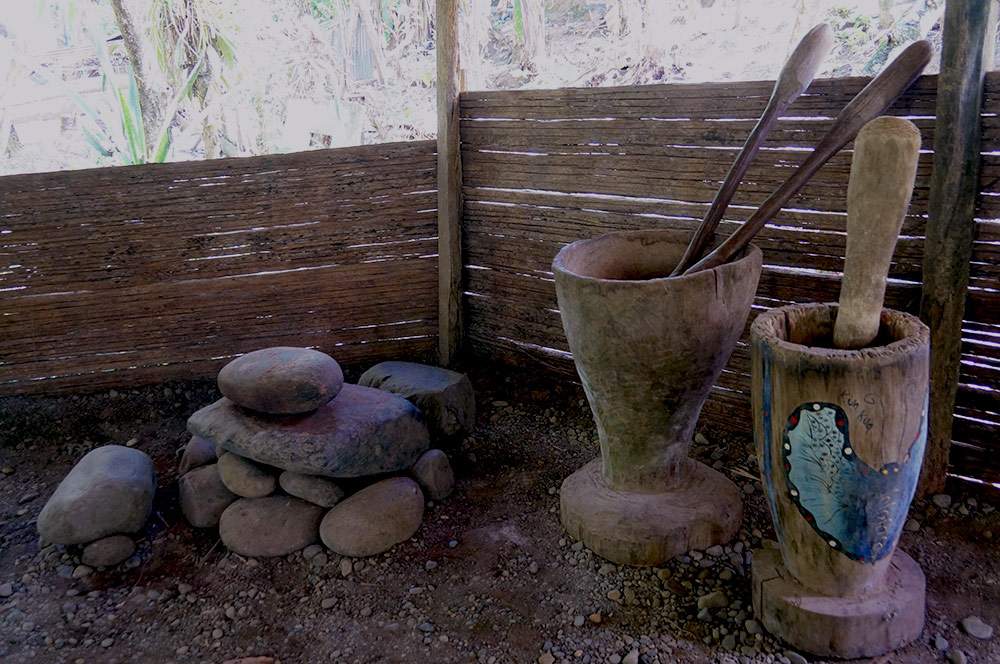
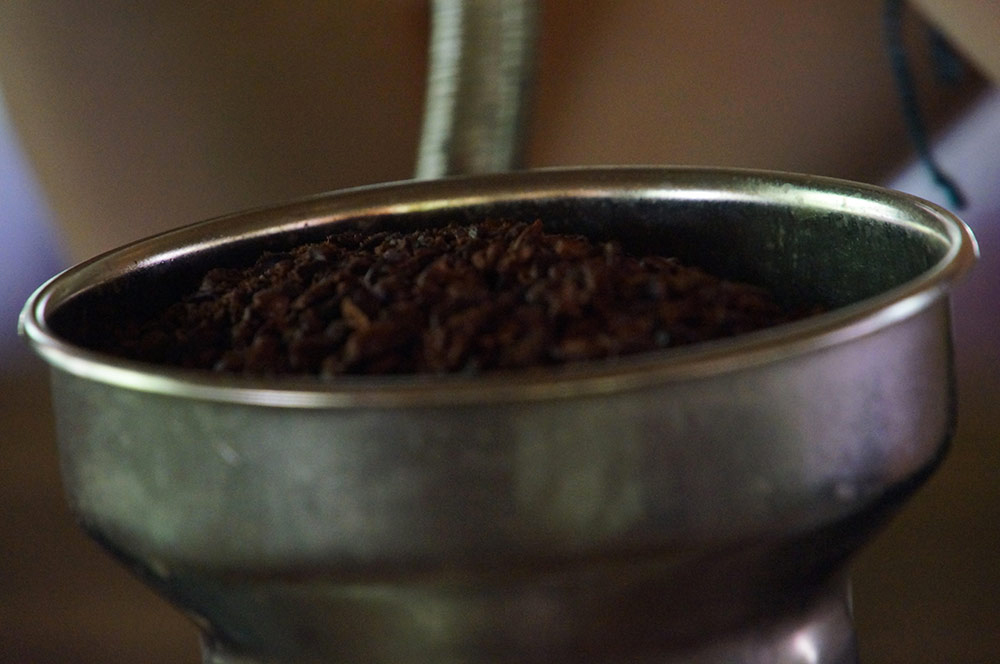
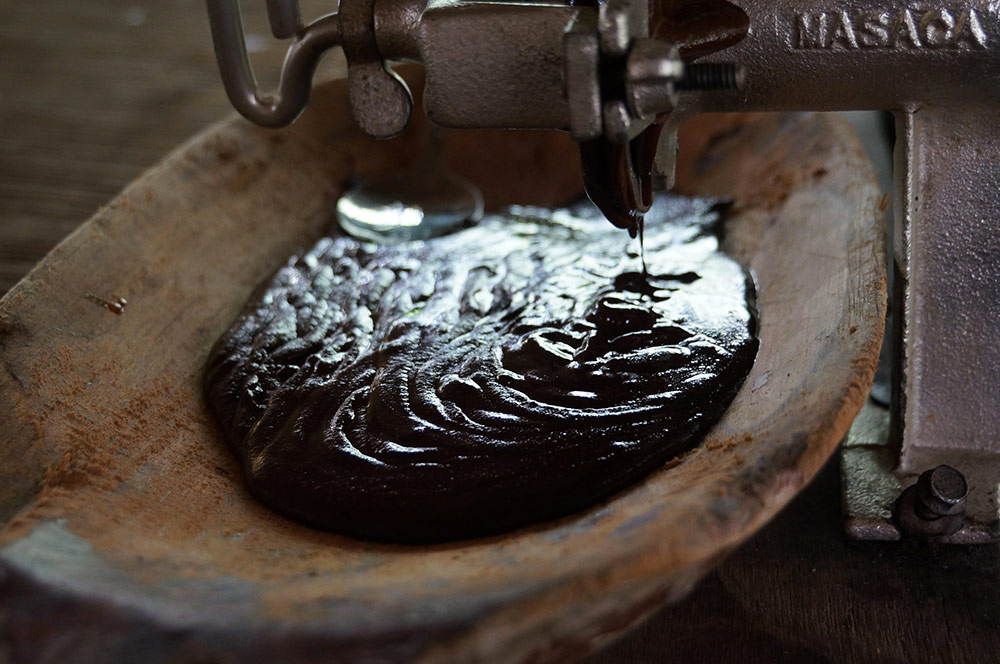
Comments